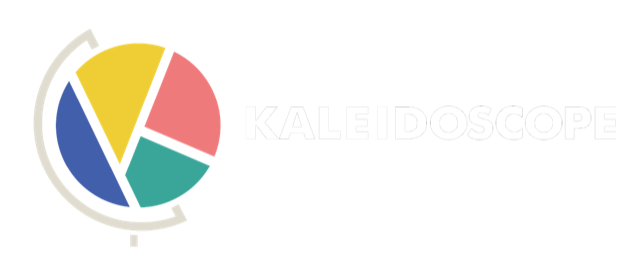Sarah Dillard
As part of a new partnership with the Rise Fellowship, we’ve recently gone from running classes with a maximum of 10 students to classes four or five times that size.
At these sizes, we had to create new ways of interacting, which, honestly, is fun for us! We love innovating on online pedagogy.
Today we’re sharing five things that have worked for us as we've supersized our classes:
Cameras on when interacting, if possible. Cameras on makes a class feel inhabited, alive, and we insist on it (with breaks) in our seminar classes. But for larger classes, a cameras-on policy no longer makes sense. Instead, we ask people to be cameras-on when interacting. This means that if you are in the Spotlight or in a breakout room, your camera should be on. To help make this happen, we ask people to turn their cameras on, and then we open breakout rooms. “If possible” means that if your wifi is weak, we get it.
The Zoom Spotlight feature for speakers, which pins video tiles to the center of the screen for all participants. While we can’t run a full-group discussion, we can still run fishbowl-style discussions. We Spotlight a few people, who are then in the center of everyone’s screens. We can discuss with them, while others contribute through the chat. We also use Spotlight on ourselves when giving mini-lectures and on students when they ask questions or share answers.
The same groupings in breakout rooms for the whole event. With dozens of people, most of whom don’t know each other, trading breakout rooms comes at the expense of people re-introducing themselves each time. Rapport never builds. And if you’re a participant, maybe it doesn’t seem worth it to try, since you’ll just be reshuffled soon enough. But if you know you are going to be with the same group for the whole event, it’s worth digging in. This also means we make breakouts larger than we otherwise would so that you get to know a few people. We also then extend them so that everyone has air time.
Live polling. We use Mentimeter, which has a lot more options than Zoom polling. You can have participants allocate points, rate on scales, create word clouds, and more. Some ways we use it:
Pre/post surveys. This allows us to capture a baseline at the beginning and transformation at the end. For example, in How to Learn Anything, we asked students at the beginning how frequently they used a variety of study strategies. At the end, we then asked how they plan to reallocate their time after learning which strategies are more or less effective.
Next steps: After asking participants to individually reflect on their next steps to improve their resume, we have them indicate which of the common next steps they’ll be taking on a poll. This may serve as a reminder for them about next steps they could take. It also socializes the work they are doing–they are not alone. At the beginning of our extension session the following week, we’ll ask them a similar question: how many of them took each of these steps? They’ll be able to see collective progress (and so will we!
Ask me anything. Participants can submit their questions to one organized place. We send out the AMA with the pre-work for the event and share it again during the event. This saves us emails back & forth. And it lets other students upvote questions they also want answered.
Google Classroom comment banks. Providing personalized feedback to every student is out of scope for our work. But we provided some comments anyway–that’s how powerful the comment bank is. The comment bank allows you to save any comment you create and reuse it. Given that many resume mistakes are common, it’s easy to quickly identify and tag these using the comment bank.
While we are truly enjoying this innovation process, what really energizes us is seeing our impact scale through it.
Our pre-survey tells us that before our How to Learn Anything Effectively workshop, students’ time clustered around ineffective study strategies–rereading key texts (4.2/ 5.0.) and/or rereading notes (3.6/5.0). This is common–on broad student surveys, these show up as the most popular study strategies.
At the end of the workshop, students’ plans for allocating study time going forward clustered around effective strategies–both rereading options had gone way down (to 2.0 and 1.9 respectively) & had been replaced with effective ones, like free recall (pre: 3.1 to post: 4.0), quizzing yourself (pre 3.5 to post 4.5), explaining a concept to someone else (pre 3.6 to post 4.5), & spacing out study sessions (pre 2.4 to post 4.0).
We’re used to seeing this level of growth with students in our small discussion seminars. To see this growth scale is incredible. We’re excited to do more of this work!



